Microsoft Windows is one of the most used computer operating system in the world today. Known as "Interface Manager" when the development work started in late 1981, it almost reached "vapourware" status before it was finally shown to the general public on 10 November 1983 as Microsoft Windows. Windows was Microsoft's attempt at developing a graphical user interface to make things easier for users as the command-line input system of MS-DOS was not particularly encouraging for many. From then on, it has gradually evolved into an increasingly user-friendly operating system with the eye-candy getting sweeter up to the current version. Let us take a look at how the OS went through several iterations to make it what it is today.
WINDOWS 1.01
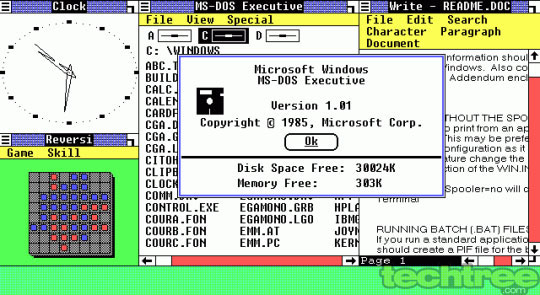
Released on 20 November 1985, Windows 1.0 offered limited multitasking with basic GUI, which was better than the earlier command-line interface.
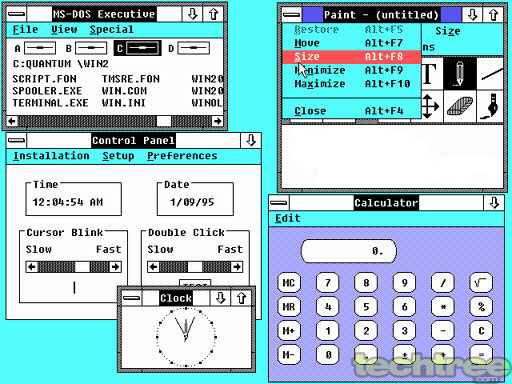
Windows 2.0 launched in 1987, sported an improved UI, memory management, and keyboard shortcuts.

Windows 2.1 was the first version of the OS to take advantage of the 386 virtual 8086 mode for improved multitasking. It was launched in 1988.

Windows 3.0 (1990) was the first version of the OS that could actually compete with the Apple Macintosh GUI and included a prototype Protected mode.

Windows 3.1 (1992) although very much similar to its predecessor, was a 16-bit OS with better stability and the first version to be distributed on a CD-ROM

With the Windows 95 (1995), Microsoft introduced a radically new design with the Start button and Taskbar for the first time along with native 32-bit and long file name support.
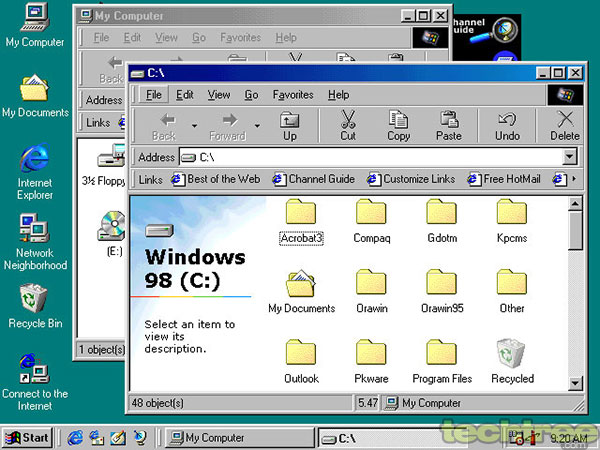
Windows 98 (1998) came with improvements to plug-n-play, robust support for USB and other peripherals, power management, and increased stability.
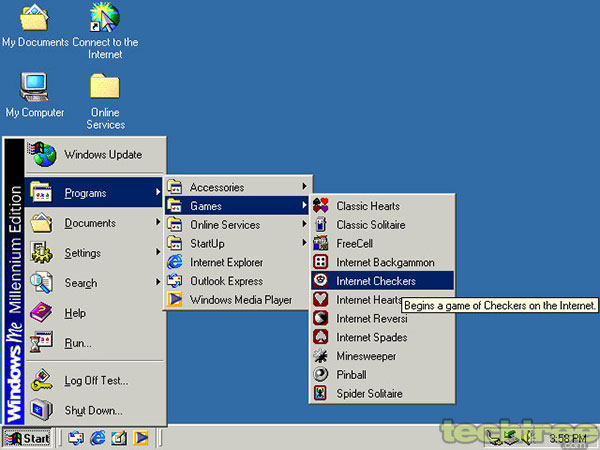
While Windows ME (2000) or Millenium Edition, was not a bad OS, it ended up being a transition between its predecessor and successor, only to be forgotten soon.
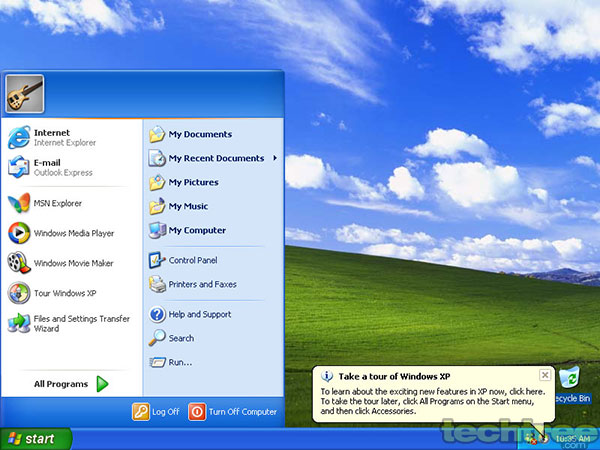
Windows XP (2001) or eXPerience is arguably the most popular and widely adopted OS version, which remains popular even today due to its slick interface and adequate functionality.
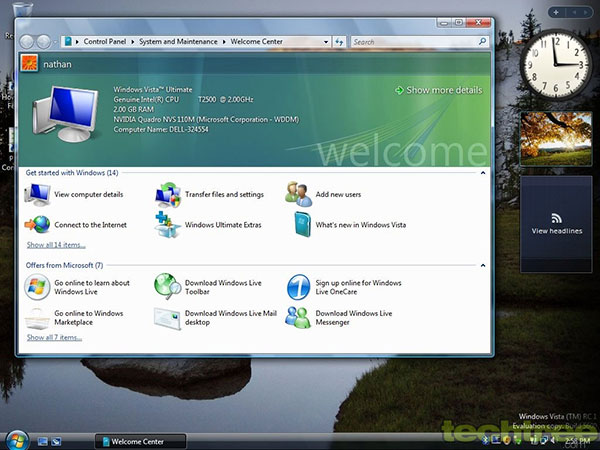
Windows Vista (2006) seemed more like a half-baked attempt at introducing a new OS. It was plagued with slow performance and compatibility issues.
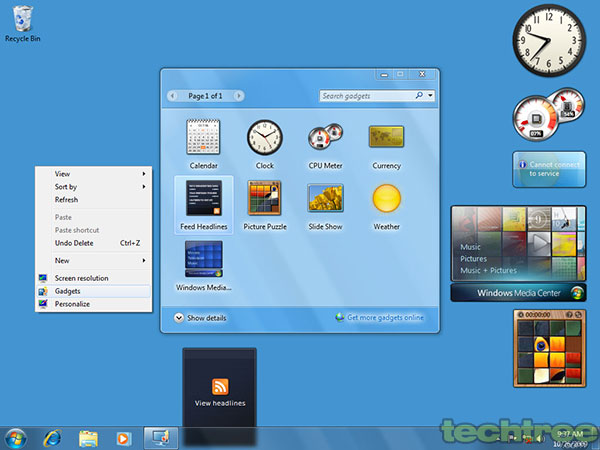
Windows 7 (2009) saw Microsoft made amends with its previous blunder, and this version managed to garner universal acclaim.

Windows 8 (2012) seems to be the road ahead. With touch-sensitive screens becoming the norm, the upcoming version sports the new Metro UI, while retaining all the core features and stability of its predecessor.
Source:techtree.com Pictures and details added by Techxonix
















.jpg)